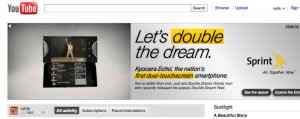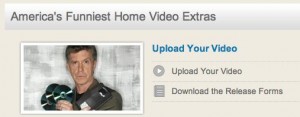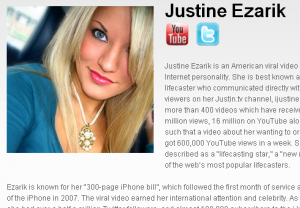Today, December 17, is the third-annual “Project for Awesome,” where thousands of Nerdfighters will be using online-video to “reduce world suck.”
Even if you understood nothing in the headline or lead, I encourage you to keep reading because you’ll learn a lot about online-video through this story.

John and Hank Green were brothers who lost contact over the years, and decided to change that through daily vlogs to each other (which they posted for the rest of the world as Vlogbrothers). I find myself increasingly frustrated with people in online video that don’t know their name… and give them the look of disgust you get from a sports enthusiast when you say “I hope Tiger Ruth helps the New Orleans Rangers make it to the Superbowl.”
Unlike other popular online video creators, the vlogbrothers put their loyal viewers, ideals, intellect and charity above themselves. This has created a genuine fan base of people (we call ourselves Nerdfighters), who would pretty much do whatever the Green brothers asked unless it involved hurting small animals. We’re bonded on the pursuit of increasing awesome and decreasing suck. After all a good planet is equal to awesome less suck (put mathematically, that’s GP=A-S). In my opinion, increasing awesome is easier that decreasing suck. It’s easier to bond around a cause than a complaint.
Today, like the two prior years, hundreds of video creators will make “Project for Awesome” videos to promote good causes (here’s mine, which is to promote awareness of autism). “We want to make the world a better place, and so we’re thanking people who have dedicated their lives to do that, and promoting their cause with our time and our money,” the brothers write on their website.
So here’s what to watch for today:
- Hundreds of videos will be posted to YouTube with a specific thumbnail (icon).
- Via Twitter (using hashtag #p4a), hundreds or thousands of people will be giving these videos “5 star” ratings, and commenting aggressively on them (to push them to most-discussed and most-viewed pages, which are as important as the homepage itself.
- The team will be using a ProjectforAwesome Livestream to communicate as well.
- As a result of this, many newer YouTube users will be perplexed, but then find themselves amused and perhaps compelled to participate.
Now let’s say your heart is made of ice, and you really don’t care about community or charity. What can you learn from this as a marketer? Well to keep it real, you’d unlikely be able to replicate this, because people tend not to rally around a brand or commercial effort like this.
But it does show the influence that a few people can have on a larger group (the YouTube “community” that is still vibrant), and in turn to a much wider audience of YouTube grazers (the rest of the world). Give people something to care about that’s bigger than your brand or you, and do something selfless (to help reduce world suck). That’s a noble cause, right? And maybe we’ll see major charities or brands tossing their hats in the ring this year or next.











